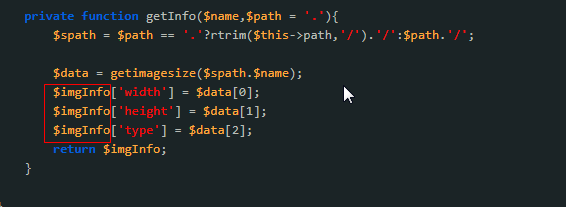java - 為什么Serializable中定義的Class 不能序列化?
問題描述
Fields in a Serializable class must themselves be either Serializable or transient even if the class is never explicitly serialized or deserialized. That’s because under load, most J2EE application frameworks flush objects to disk, and an allegedly Serializable object with non-transient, non-serializable data members could cause program crashes, and open the door to attackers.This rule raises an issue on non-Serializable fields, and on collection fields when they are not private (because they could be assigned non-Serializable values externally), and when they are assigned non-Serializable types within the class.Noncompliant Code Examplepublic class Address { //...}public class Person implements Serializable { private static final long serialVersionUID = 1905122041950251207L; private String name; private Address address; // Noncompliant; Address isn’t serializable}
問題解答
回答1:一個對象序列化時,按照Java默認的序列化規(guī)則,對象內的所有成員都要序列化,也就是說,這些Class都必須實現(xiàn)Serializable。
所以,你有兩種改法,一是Address實現(xiàn)Serializable接口,二是對Person中的address成員加上transient標記,這樣該成員就不會被序列化進去。
回答2:如果 address 成員需要進行序列化的話,則Address類也需要實現(xiàn)Serializable接口。如果 address 成員不需要進行序列化的話,可以加上transient關鍵字,則address成員不做序列化操作,值為null。如下:
public class Person implements Serializable { private static final long serialVersionUID = 1905122041950251207L; private String name; private transient Address address; // Noncompliant; Address isn’t serializable}
當然還有其他方式:比如實現(xiàn)Externalizable接口,重寫readExternal(ObjectInput in)和writeExternal(ObjectOutput out)方法。還有一個替代實現(xiàn)Externalizable接口方法,還是實現(xiàn)Serializable接口,添加writeObject(ObjectOutputStream obs)和readObject(ObjectInputStream ois)方法。
再說說為什么Address一定要實現(xiàn)Serializable,或者加上transient關鍵字Person才能進行序列化?先看看不做處理,使用 ObjectOutputStream 來持久化對象,拋出的異常
Exception in thread 'main' java.io.NotSerializableException
看ObjectOutputStream源碼:
/** * Underlying writeObject/writeUnshared implementation. */ private void writeObject0(Object obj, boolean unshared)throws IOException { //...... // remaining cases if (obj instanceof String) {writeString((String) obj, unshared); } else if (cl.isArray()) {writeArray(obj, desc, unshared); } else if (obj instanceof Enum) {writeEnum((Enum<?>) obj, desc, unshared); } else if (obj instanceof Serializable) {writeOrdinaryObject(obj, desc, unshared); } else {if (extendedDebugInfo) { throw new NotSerializableException(cl.getName() + 'n' + debugInfoStack.toString());} else { throw new NotSerializableException(cl.getName());} }} finally { depth--; bout.setBlockDataMode(oldMode);} }
從此可知, 如果被寫對象類型是String、Array、Enum、Serializable,就可以進行序列化,否則將拋出NotSerializableException。且在序列化對象時,不僅會序列化當前對象本身,還會對該對象引用的其它對象也進行序列化。
相關文章:
1. javascript - 請問微信jssdk自定義分享是不是不能用了?2. table表格里面height不能在border和tr里面調?3. javascript - vue2如何獲取v-model變量名4. PHP類屬性聲明?5. html5 - 這個代碼顯示功能如何實現(xiàn)?6. html5 - HTML代碼中的文字亂碼是怎么回事?7. javascript - 圖片請求失敗怎么去掉左上角的小圖標?8. javascript - 有沒有iOS微信中可以在背景播放視頻的方法?9. python - 怎么把char*對象轉換成PyObject*對象10. javascript - ios返回不執(zhí)行js怎么解決?

 網公網安備
網公網安備